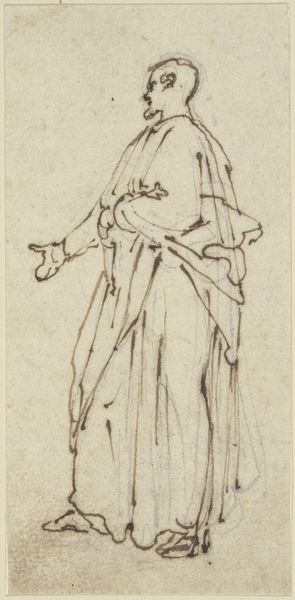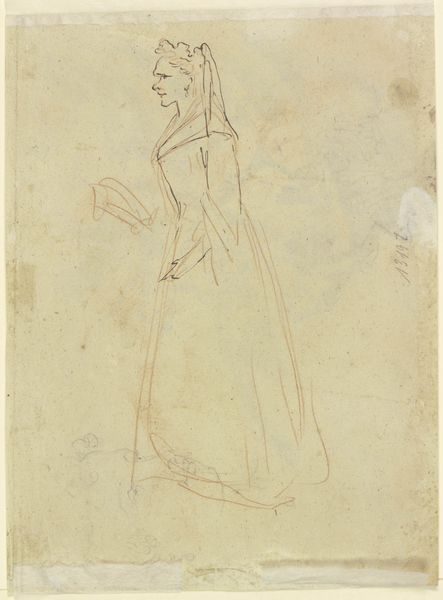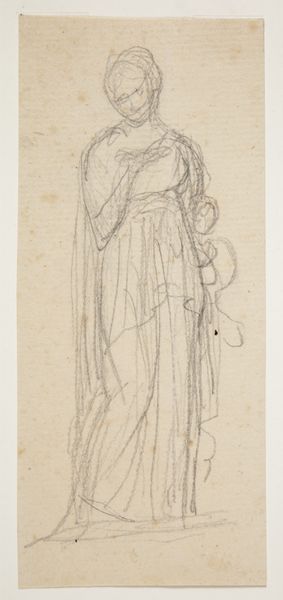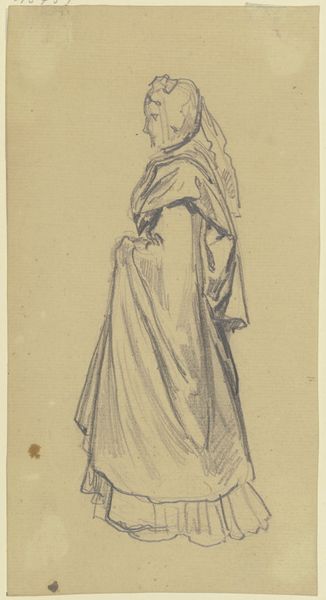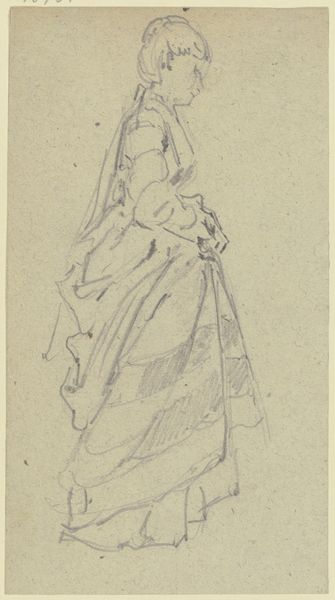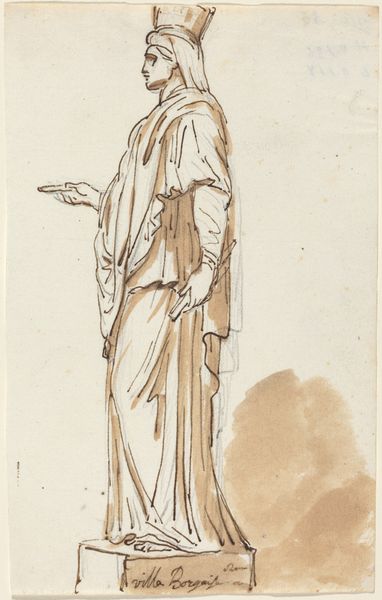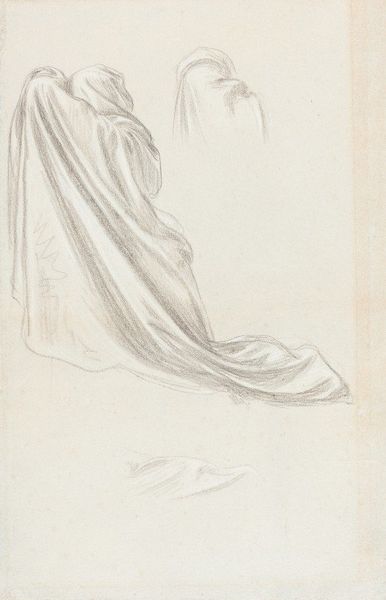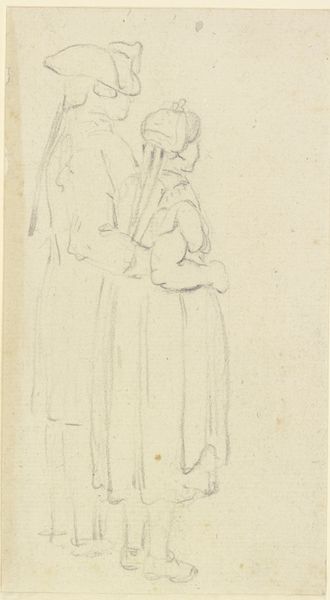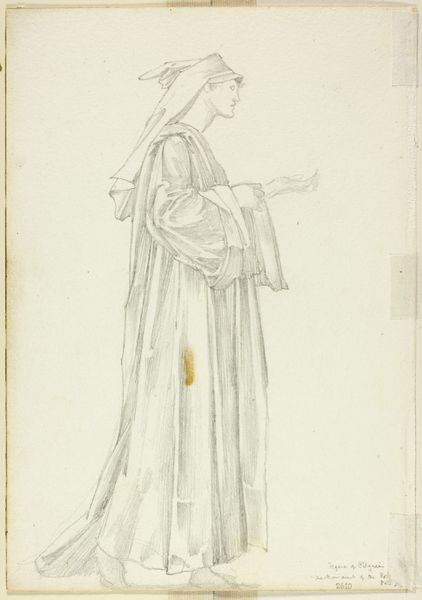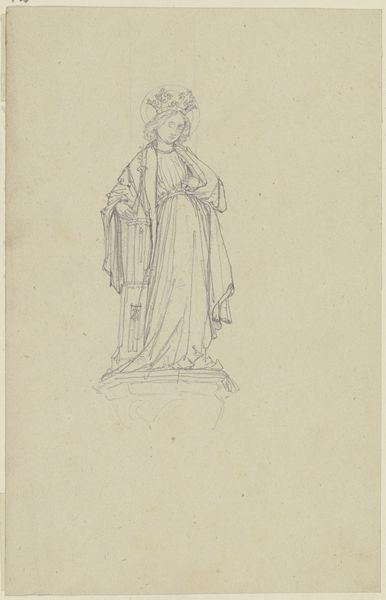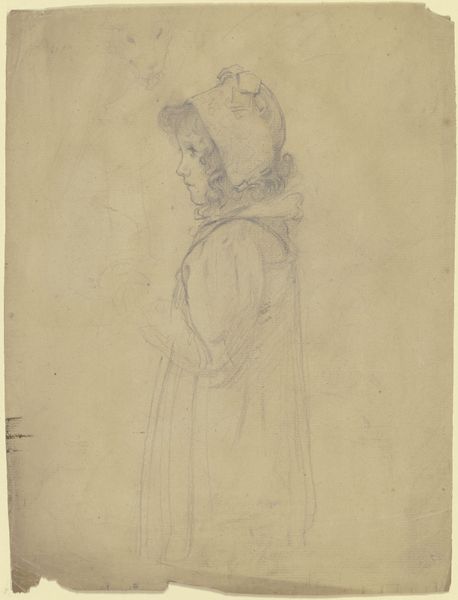
Copyright: Public Domain
This is Gustav Heinrich Naeke's Saint Paul, likely created in the early 19th century, on paper with graphite. It's a preliminary sketch, and the lines are tentative. Here, Naeke employs the most fundamental of artistic processes: drawing. The softness of graphite allows for shading and subtle gradations, the artist uses these to give form to the figure and his drapery. The choice of graphite is crucial; it allows for easy corrections and alterations, reflecting a process of exploration and refinement. The sketch is a testament to the labor and skill involved in the artistic process. Each line represents a deliberate decision, a careful observation, and a practiced hand. And it reminds us that beneath every finished masterpiece lies a foundation of countless hours of work, experimentation, and refinement. By valuing the labor and skill involved in its creation, we gain a deeper appreciation for its artistic merit.
Comments
No comments
Be the first to comment and join the conversation on the ultimate creative platform.

